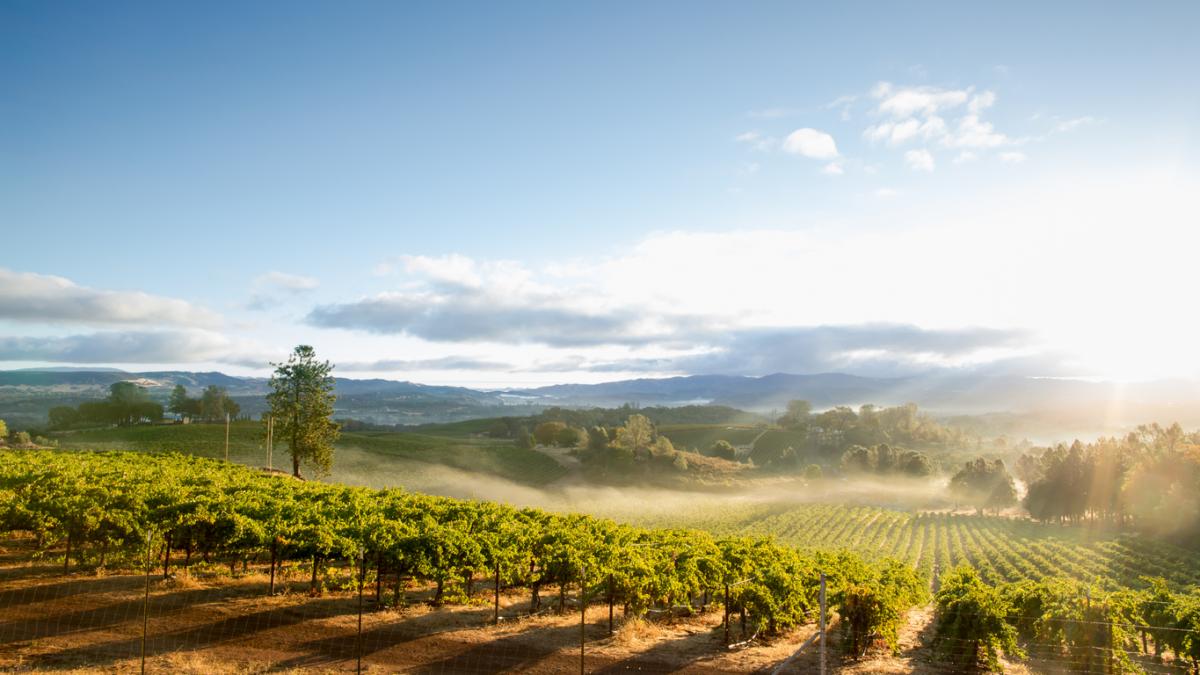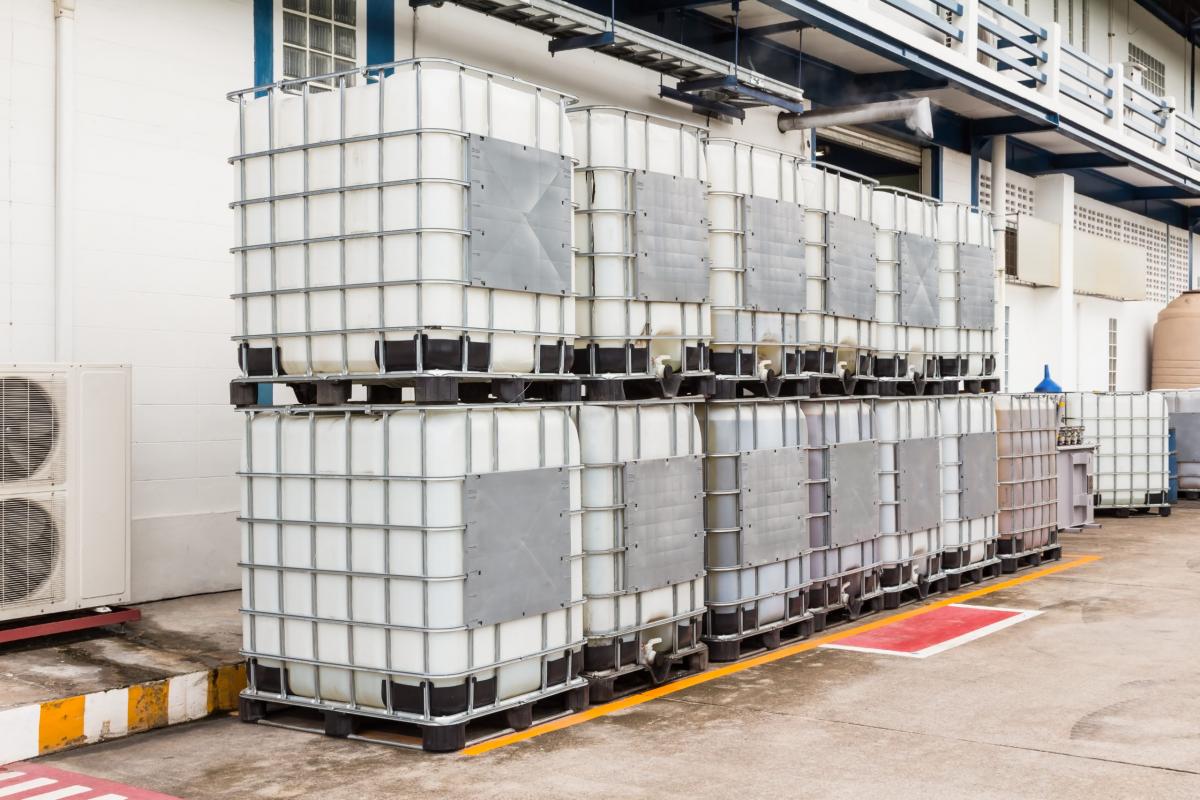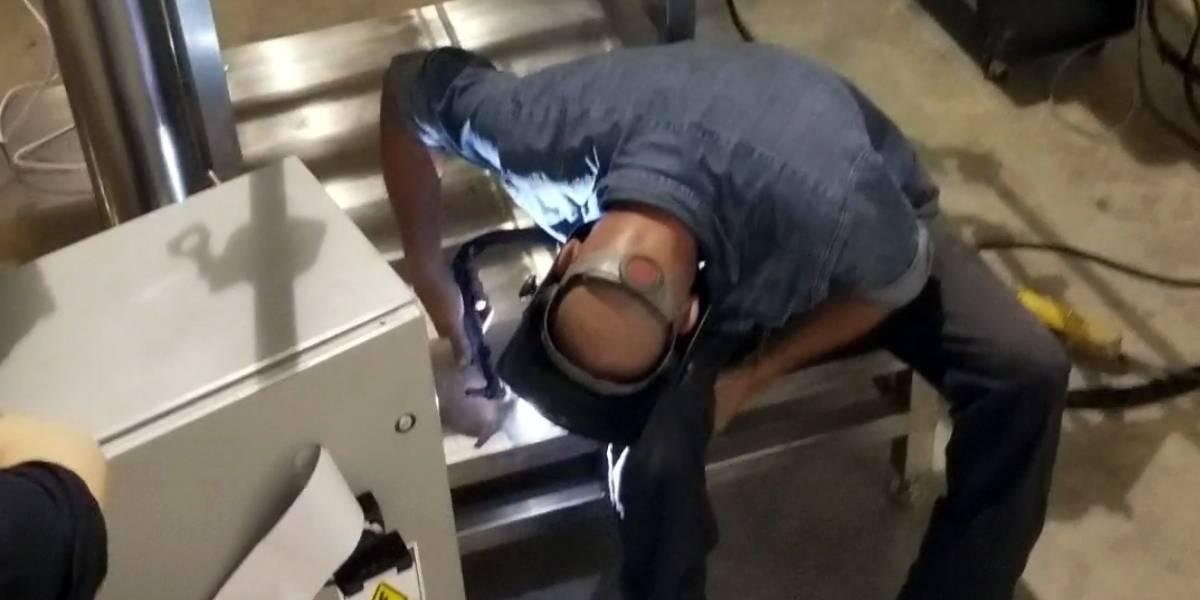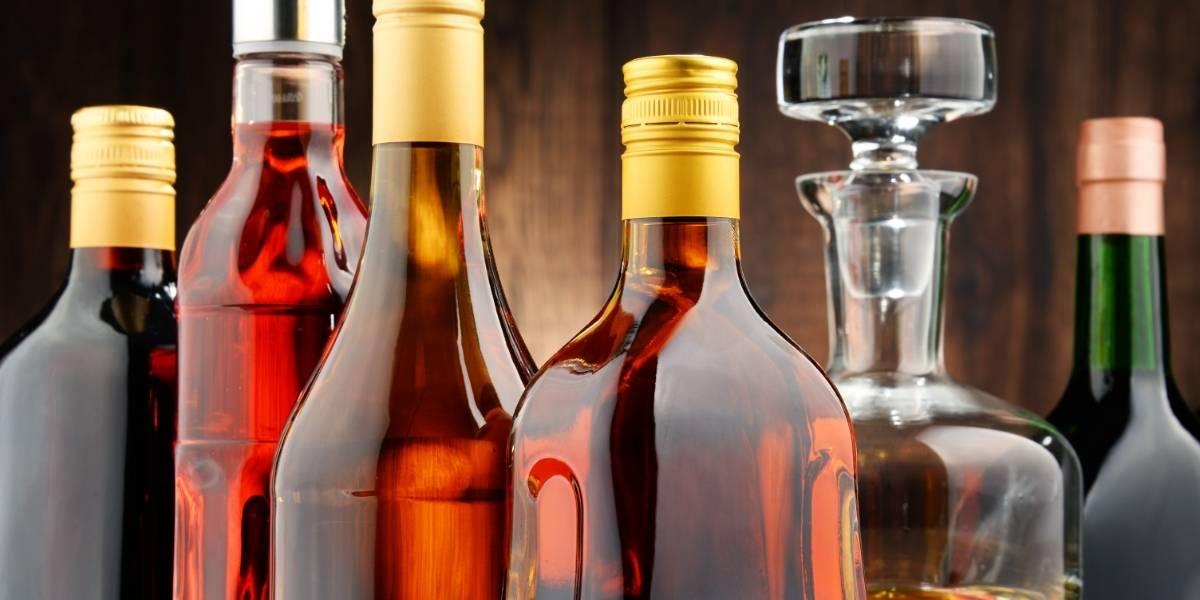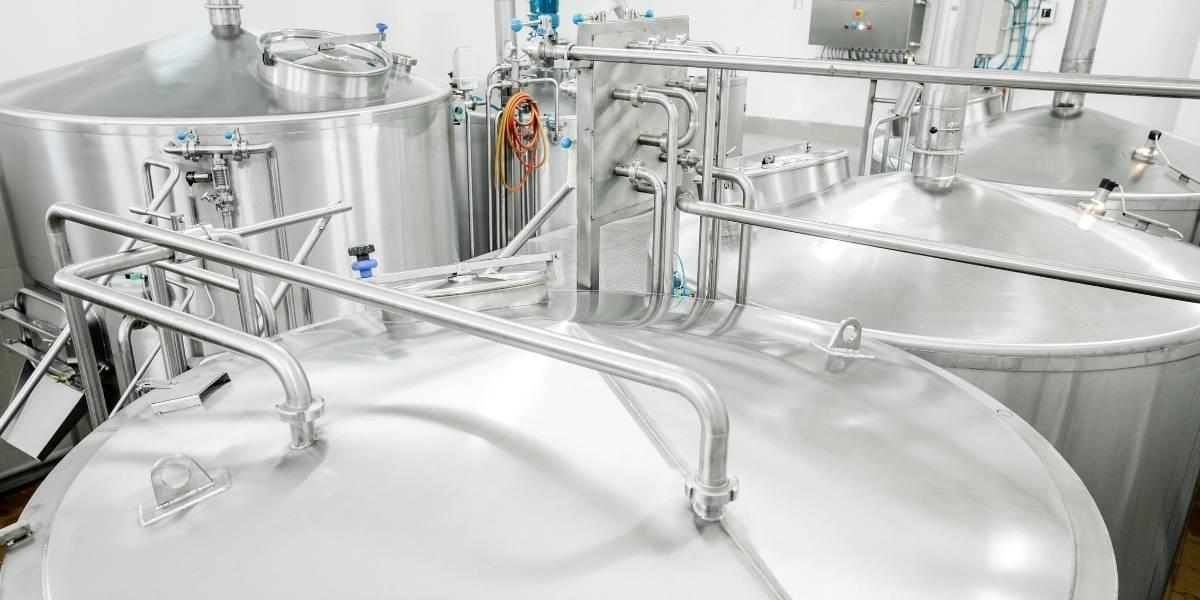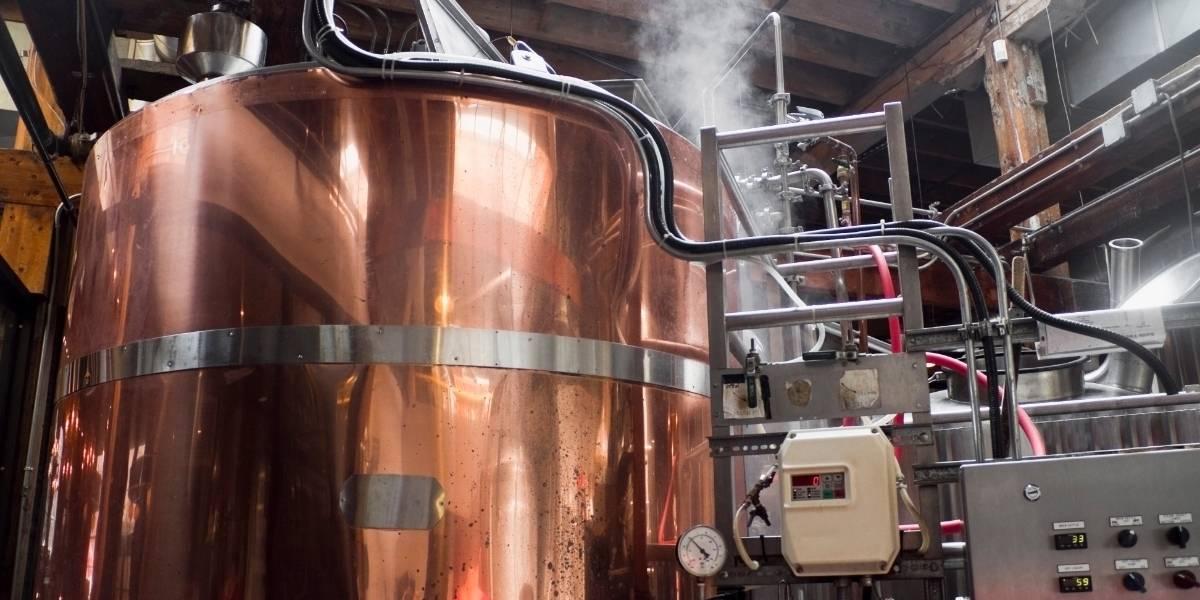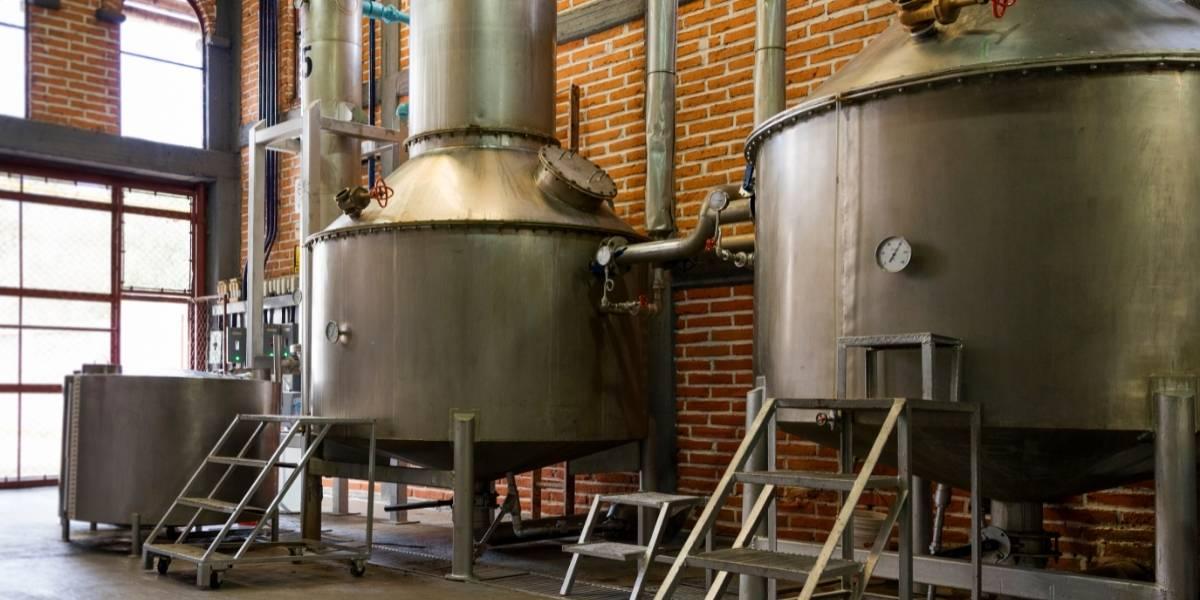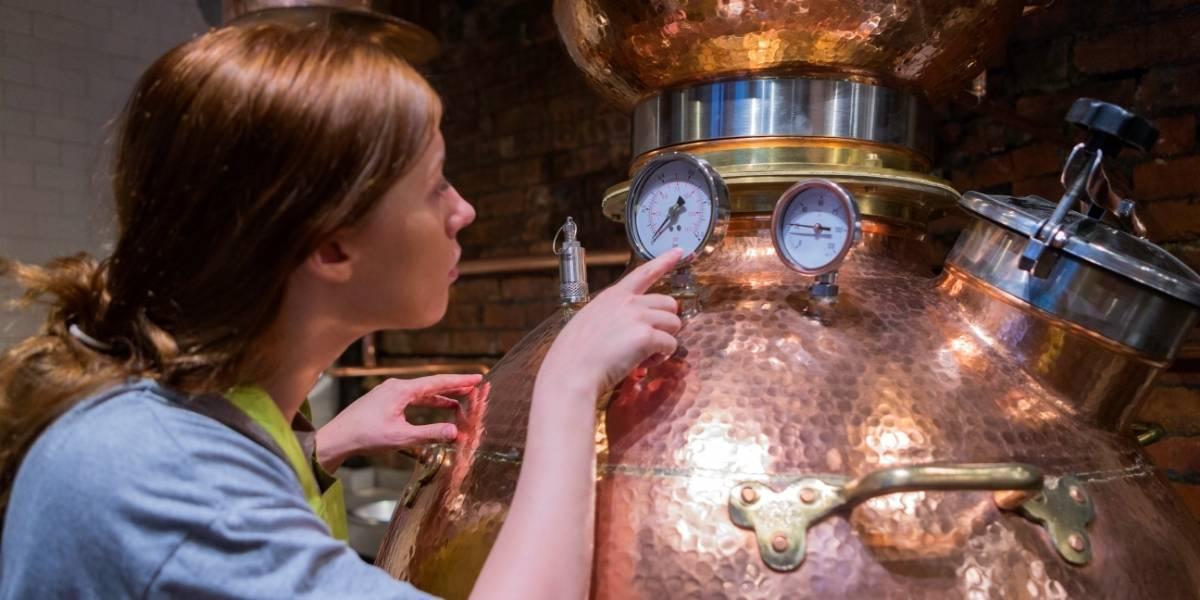What do beer and whiskey have in common? Both come from grains. What do Wine and Brandy have in common? Both come from fruit. If you’re already producing beer or wine, you are about 80% of the way to crafting a great whiskey or a great brandy. Adding a distilling venture to your brewery or winery can be used as not only a new revenue stream, but you can recover the expired, off-spec, or over-produced, beer and wine in your distillery.
In our expansion video, we explain how adding a distilling operation can be advantageous.
There are two main pieces of equipment that can be found in a brewery, winery, or distillery: the mash tun and the fermentation vessel.
Mash Tun: Brewers use a mash tun for creating wort out of barley, while distillers use the mash tun to create the wash. Same equipment, extremely similar starting materials, different outcomes.
Fermentation Vessels: Fermentation is used in all 3 operations. If you’ve already got your winery or brewery running, you can still use whatever stainless steel, conical, temperature-controlled fermenters you are already using in your operations. Chances are they are the same state-of-the-art equipment that modern distillers are using.
To turn your wort, saignee, wine, or beer into a spirit, you would need to add a still with a whiskey head and/or a short column. A tall column is otherwise optimal for vodka production in order to reduce the number of production runs to achieve the necessary purity.
Start-up distilleries that rely solely on spirits to generate revenue have the disadvantage of being relatively unknown. Therefore it can take some time to develop enough traction to start generating revenue. Existing breweries or wineries on the other hand already have an established customer base. This advantage can not be overstated. If your existing brewery business is carrying your fixed costs, it just makes good business sense to install an additional revenue stream. The ROI should be especially quick if you’re taking your off-spec material and turning it from a cost center to a profitable product.
Relative to the tanks needed to make beer to feed the still, the cost of a distillation system for spirits production is just not that much more money. Having said that, it will always be best to confirm all existing utility capacities to make sure that the new still is adequately supplied without taking away from the primary model of being a brewery or winery. We have several different models that can be customized to meet your production needs to augment your existing business.
If you’re looking to earn more gains from your existing losses, reach out to us at 561-845-8009 so that we can help you get started!
